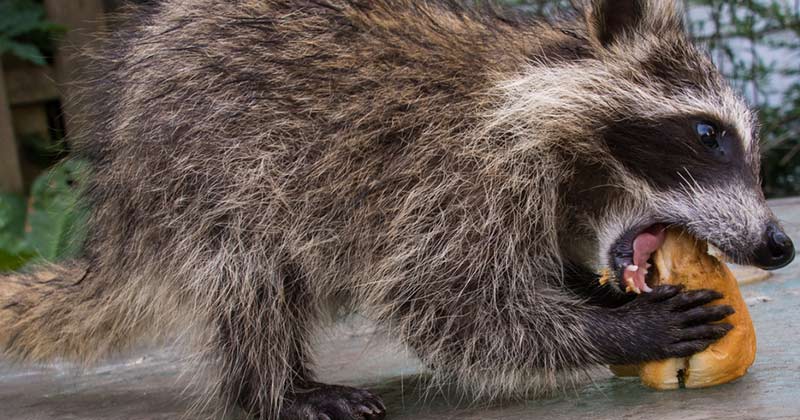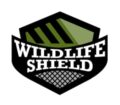Raccoon nests can be almost anything from a burrow to a hole in a tree to your attic or chimney. They are highly capable climbers and adequate diggers so they can occupy anything from a 5th-floor attic to a wooden balcony to a deck to under a shed and even in a crawlspace. They can break through soffits and rip off roof vents and even punch a hole straight through your shingles and roof. The nest itself can be in anything but will always contain the same things. If it is the nest of a female in the baby season there will either be a female intent on mating with a male in her den or a mother with children. A male den never has babies as raccoon males do not take part in the rearing process. They tend to drag dead animals, garbage and general detritus into their nests and defecate in their nest as well as long as it is large enough to have a separate latrine area. Females will stay with their babies until they reach adulthood so if they are on your roof they are not leaving any time soon. They will stay until their babies are grown and leave and sometimes even after. So if they are in a structure on your property you will have to get them removed, either on your own or through a professional company or contractor. It’s smart to use a real wildlife company as they will have the back-end knowledge and experience to do it right the first time.

If you are worried there are raccoons, or a family of them on your property frequently then trying to find an entranceway can be difficult. They may be in the attic which is way up on the roof or burrowed under a deck. The first thing you generally hear is noise. You can search for the noise and find the main entryway and remove the animal from it. For a deck or shed this requires a process called trenching. Trenching is digging one foot by six-inch trench around the deck or shed. You will lay down galvanized steel mesh to the side of the deck or the foundation of the shed and then bury it one foot down into the ground and six inches out. This will prevent raccoons from getting under your shed or deck and will even get them out if you add a one-way door to the mix. This is a device that allows a wild animal to vacate its nest but prevents it from getting back in.

